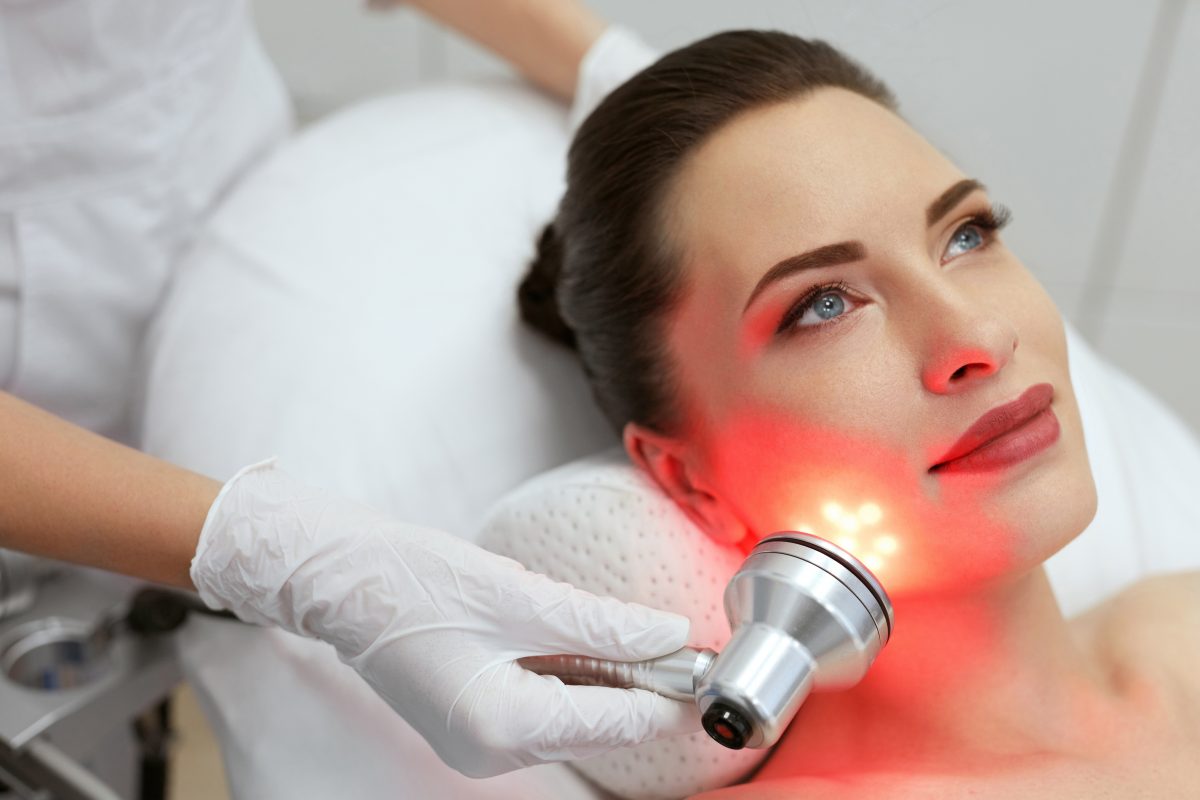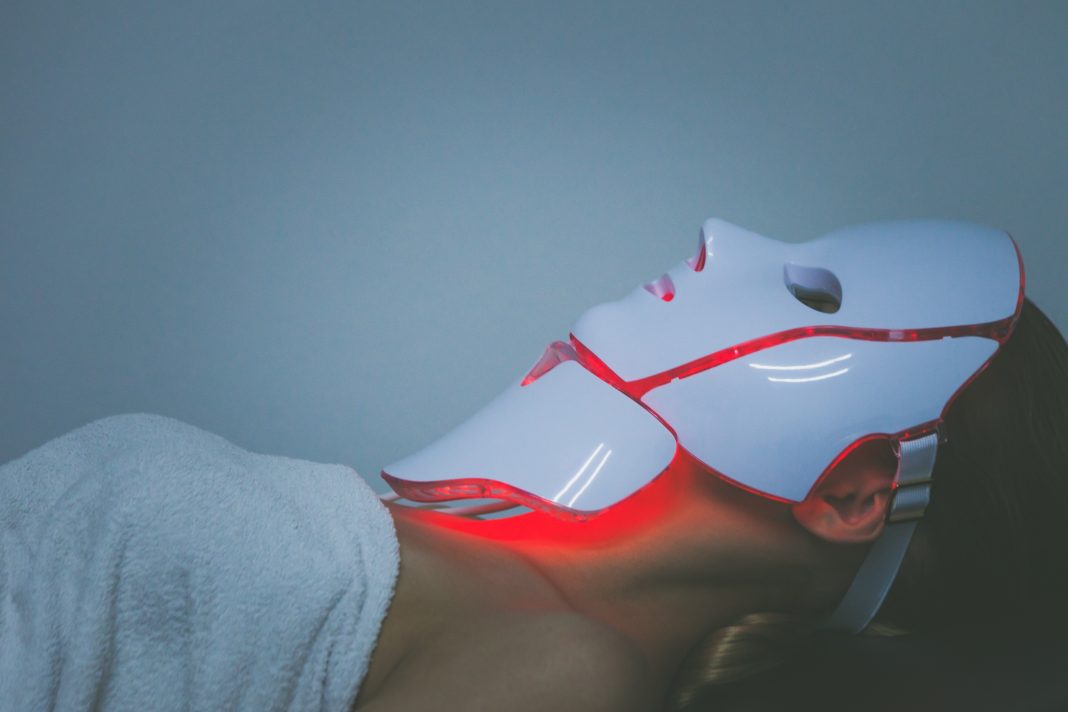The traditional beauty routine consists of retinol, cleanser, sunscreen, moisturizer, and maybe a serum or two. However, thanks to technology, your beauty routine options now expand to high-tech treatments, including LED light therapy.
This article talks about the basics of LED light therapy and how it may impact your skin health.
The Basics of LED Light Therapy

LED (Light-Emitting Diode) light therapy is a well-developed non-invasive treatment for sun damage, wounds, acne, and further skin issues. Before, LED dermatologists were the only ones capable of performing light therapy. Today, however, you can use numerous LED light devices at home, such as handheld LED light therapy sticks and red light therapy beds.
Other reliable handheld LED light stick, you can check out here.
A LED light therapy uses different light wavelengths to stimulate the skin’s natural healing and repair process. They have been used since 1960. However, people only started to recognize them as skin therapy in the past decade.
As a fun fact, NASA, at first, developed LED lights for experimenting with plant growth in space. Since then, however, they have discovered positive results in the human body’s tissue growth and wound healing.
Benefits of LED Light Therapy For Skin Health
The following are the different ways therapy affects skin health:
- Relieving Acne
The most common benefit of using LED light therapy is reducing acne breakouts. In managing acne, a blue-colored light is usually used. Some research has indicated that this type of light could help eliminate bacteria-causing acne.
In addition, it was determined that it could also help reduce oil production and calm an overactive oil gland. It may even stop your hair follicles from becoming clogged and causing acne and skin infection.
Meanwhile, red light is often used together with blue light to ease redness and inflammation caused by acne. It is said to penetrate deep into your skin and impact your sebum production while also reducing irritation and swelling in the area.
- Improving Skin Health
Studies show that LED light therapy, particularly red light, could help in improving skin health and reducing hints of aging. Its potential for rejuvenating the skin has been well-studied and often revealed positive results.
Red light therapy can stimulate skin cells known as fibroblasts. This increase in fibroblast production can help produce collagen and other tissue fibers, which are essential parts to achieve skin recovery.
Aside from increasing collagen production, LED light could also improve skin elasticity, reducing fine lines, wrinkles, and other signs of aging. In addition, it may help increase circulation between tissues and blood cells. Some studies also noted that red light could increase mRNA in your cells, stimulating the cell and helping protect cell damage.
Photodynamic therapy with red light and 5-aminolevulinic acid is also said to help make your skin softer and smoother, improving your overall facial texture and complexion.
- Wound Healing
As mentioned before, LED light could help stimulate collagen production, which is important for your skin’s elasticity and healing your wounds. Studies have shown that LED light can also help lower swelling, redness, and bruising while speeding up wound healing.
People who have had surgery for skin resurfacing are now offered the option to use LED light therapy after the procedure.
- Reducing Sun Damage And Risk Of Skin Cancers
LED light therapy is also often used to treat sun damage, sunburns, and malignant or premalignant skin cancer growth. It’s generally considered safe when used alone without sanitizing creams or medications for treating sun damage or cancer.
Using red, green, and blue LED lights is said to prevent skin cancer and remove both precancerous and cancerous skin lesions that have not yet metastasized or spread to other areas of the body.
After cancer medication is applied to your skin, LED light causes the photosynthesizing of the drug to react with oxygen and kill cancer cells. Also, it is thought to trigger your immune system defense or said to damage your blood vessels that feeds your cancer cells.
Precautions and Side Effects
LED light therapy is generally considered safe. The treatment is non-invasive and doesn’t cause pain or burning. However, there are some short-term side effects you should take note of:
- Tenderness
- Skin redness
- Inflammation
- Rashes
Also, you shouldn’t use LED therapy if you’re taking certain medications for acne, such as Accutane or isotretinoin. Using any topical treatments may cause your skin to become more sensitive to sunlight.
Conclusion
LED light therapy is becoming a popular treatment for several skin conditions. Yet while most studies indicate positive results on how it impacts your skin health, it’s still best to be careful. Speaking first to your dermatologist before engaging yourself with LED light therapy can help effectively manage any skin conditions.
